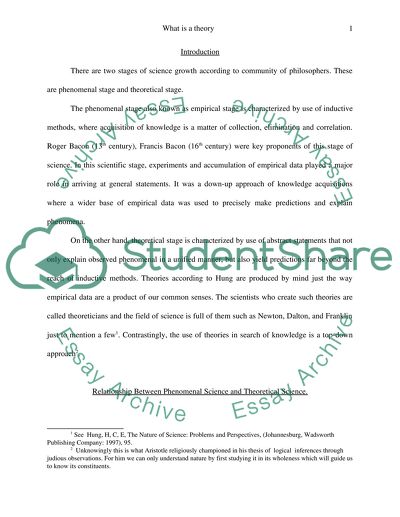Cite this document
(“What is a theory Essay Example | Topics and Well Written Essays - 1750 words”, n.d.)
What is a theory Essay Example | Topics and Well Written Essays - 1750 words. Retrieved from https://studentshare.org/miscellaneous/1529904-what-is-a-theory
What is a theory Essay Example | Topics and Well Written Essays - 1750 words. Retrieved from https://studentshare.org/miscellaneous/1529904-what-is-a-theory
(What Is a Theory Essay Example | Topics and Well Written Essays - 1750 Words)
What Is a Theory Essay Example | Topics and Well Written Essays - 1750 Words. https://studentshare.org/miscellaneous/1529904-what-is-a-theory.
What Is a Theory Essay Example | Topics and Well Written Essays - 1750 Words. https://studentshare.org/miscellaneous/1529904-what-is-a-theory.
“What Is a Theory Essay Example | Topics and Well Written Essays - 1750 Words”, n.d. https://studentshare.org/miscellaneous/1529904-what-is-a-theory.


